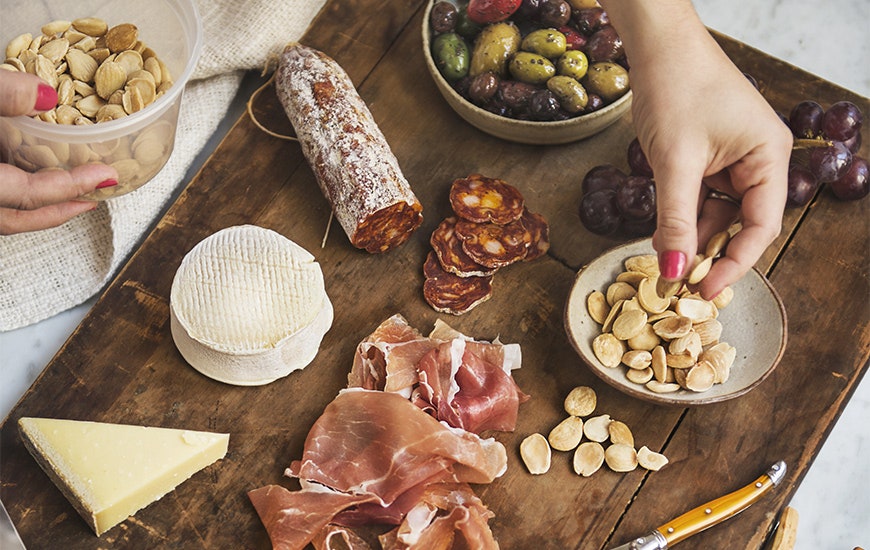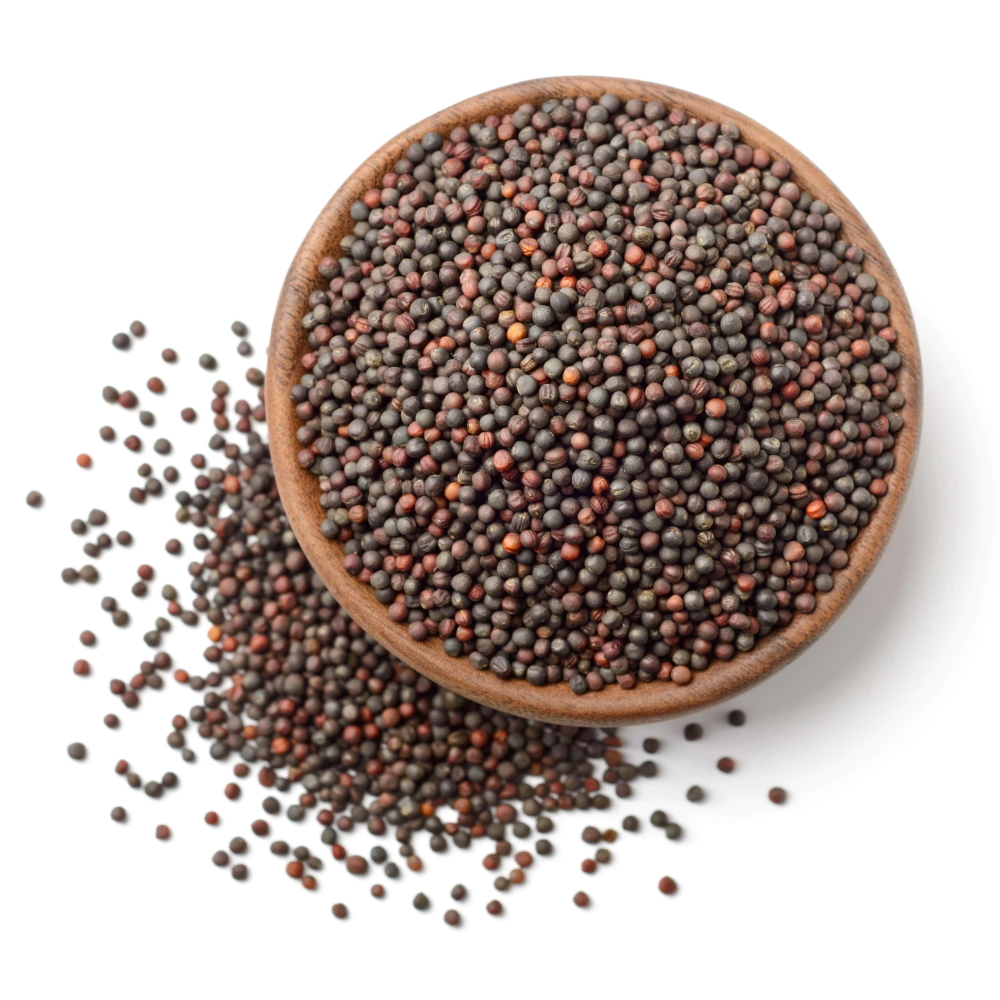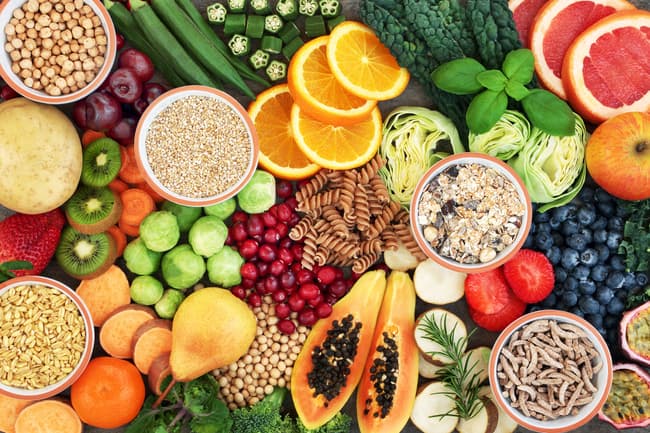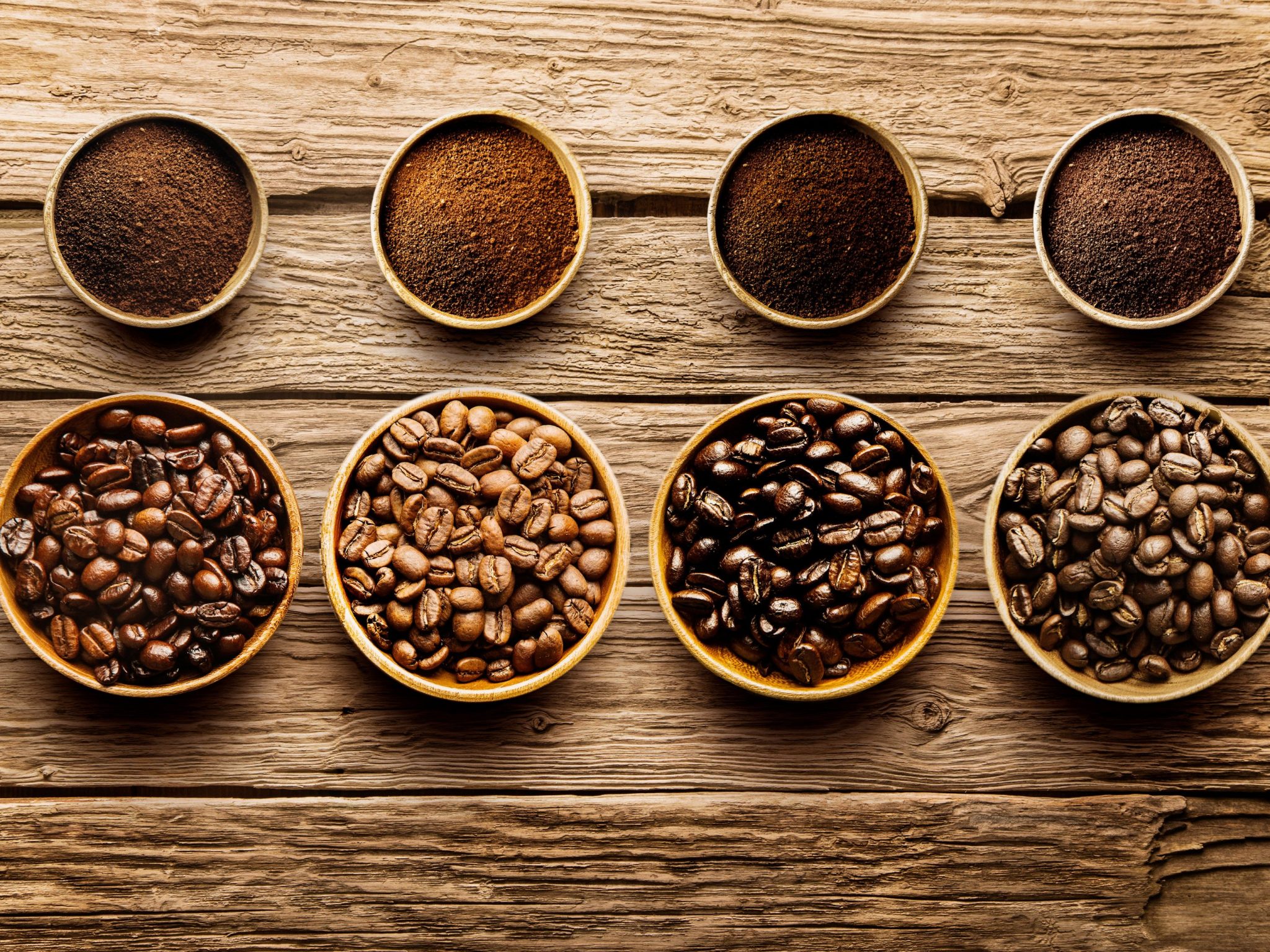
Good Fats vs Bad Fats


You may wonder isn’t fat is bad for the body? Truth be told, not all fats are created equal. Some fats are better for you and even help to promote good health. Perhaps we were advised for years to ban it wherever possible from our diets and then what some of us did was we switched to low-fat foods, but the adjustment has not made us healthier, probably because we cut back on healthy fats too.
Good fats are monounsaturated and polyunsaturated fats while the bad ones are trans-fats and saturated fats.
Fat is very important to our diet as carbohydrates and protein because it gives energy to body. Fat is also required for the building of cell membranes, the protection of vital organs and the absorption of some vitamins and minerals. Good fats are monounsaturated and polyunsaturated fats while the bad ones are trans-fats and saturated fats.
The monounsaturated and polyunsaturated fats are fats that are better choices for our diet. Good fats originate from vegetables, nuts, seeds and fish. Foods that contain these two fats largely are usually liquid in the room temperature. Monounsaturated fat can improve our level of blood cholesterol and reduce the risk of cardiovascular disease. Vegetable oils, avocados and nuts (almonds, cashews, peanuts, pecans) are example sources of monounsaturated fats.
Next, the so-called “essential fats” polyunsaturated fats because the body cannot make them and needs to get them from foods. Eating polyunsaturated fats reduces the harmful of LDL cholesterol (bad cholesterol) and improves the cholesterol profile. The two important of polyunsaturated fats: omega-3 fatty acids and omega-6 fatty acids. Good sources of omega-3 fatty acids include fatty fish such as (Indian mackerel, Asian sea bass, patin, tenggiri, haruan, anchovies, tuna, salmon, and sardines, flaxseeds, walnuts and canola oil while for omega-6 fatty acids sources such as tofu, seeds (sunflower, pumpkin, sesame), roasted soybeans and vegetable oils (corn, sunflower, sesame).
The two types of bad fats are saturated fats and industrial-made trans-fats. These two fats were categorized as bad fats because eating too much of these two can increase blood cholesterol levels and LDL cholesterol levels. It can also increase the risk of inflammation in the body, causing adverse consequences on health, including heart disease, diabetes, and stroke. The saturated fat sources include fatty cuts of beef, pork, and lamb, high fat dairy foods such (whole milk, butter, cheese, sour cream, ice cream), tropical oils (coconut oil, palm oil, cocoa butter) and lard. The trans-fat such as fried foods (French fries, doughnuts, deep-fried fast foods), margarine, cookies, pastries, cakes and processed snack foods.
TIPS TO EAT HEALTHIER?
What can we do is we replaced foods high in saturated and trans-fat with foods rich in monounsaturated and polyunsaturated fats. For example, you can use olive oil instead of butter when you cook. Next, try to eat fish that are rich in omega-3 fatty acids such as salmon, mackerel instead of meat for at least two times a week. You can also choose lean meat and skinless poultry and lastly, try to reach out for fruits and vegetables or snacking with nuts instead of processed foods when you are hungry.
RECOMMENDED INTAKE OF FAT, UNSATURATED, SATURATED FAT AND TRANS FAT?
The recommended intake of fat in adults is 20% to 30% of total calories from fat. That is about 44 g to 77g of fat per day if you eat 2,000 calories a day. Below are the listed of recommended intake of unsaturated fats (monounsaturated and polyunsaturated fats) and saturated fat:
- Monounsaturated fat: 15% to 20%
- Polyunsaturated fat: 5% to 10%
- Saturated fat: less than 10%
- Trans fat: 0%
Source: Cleveland Clinic – https://my.clevelandclinic.org/health/articles/11208-fat-what-you-need-to-know






